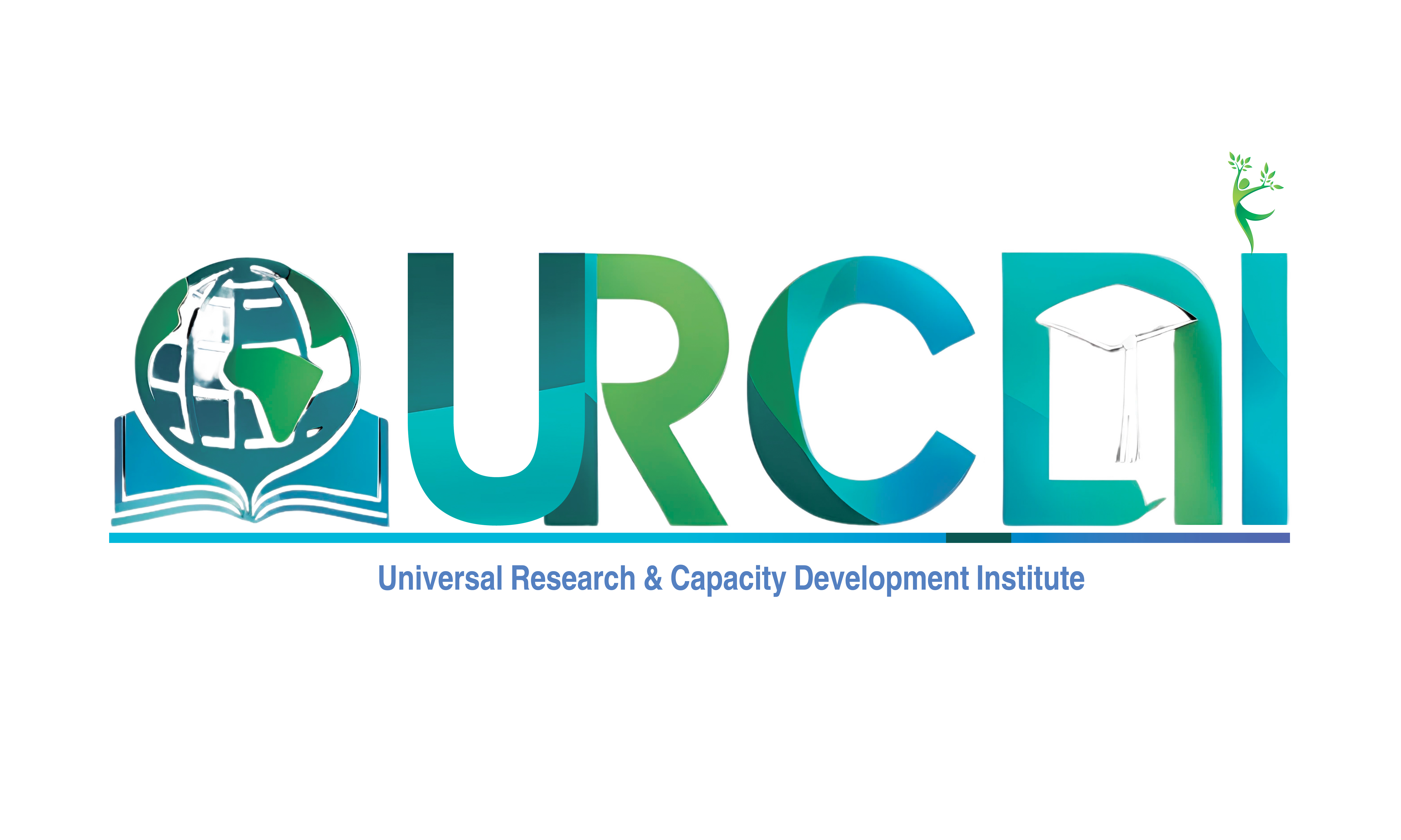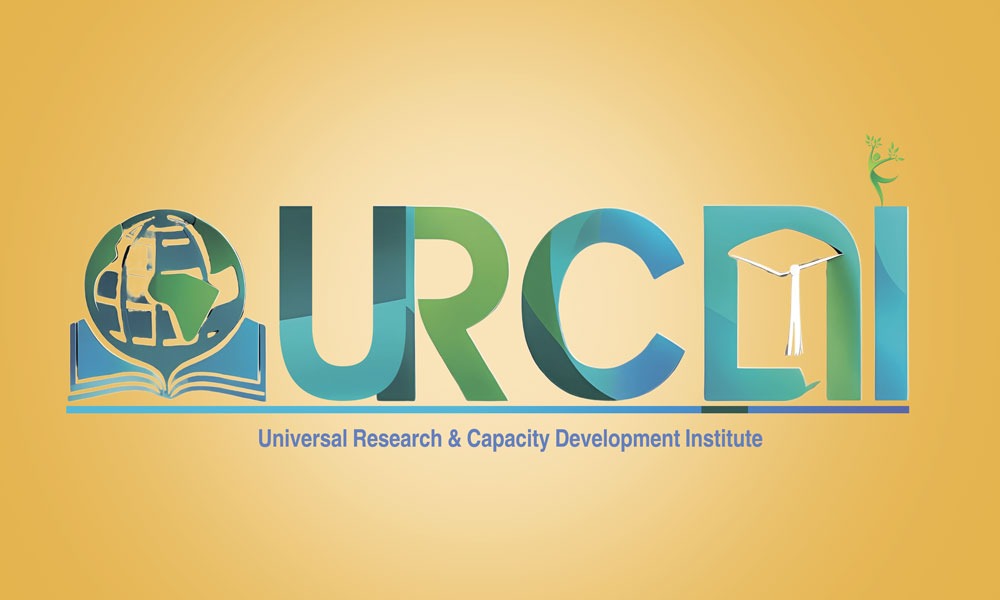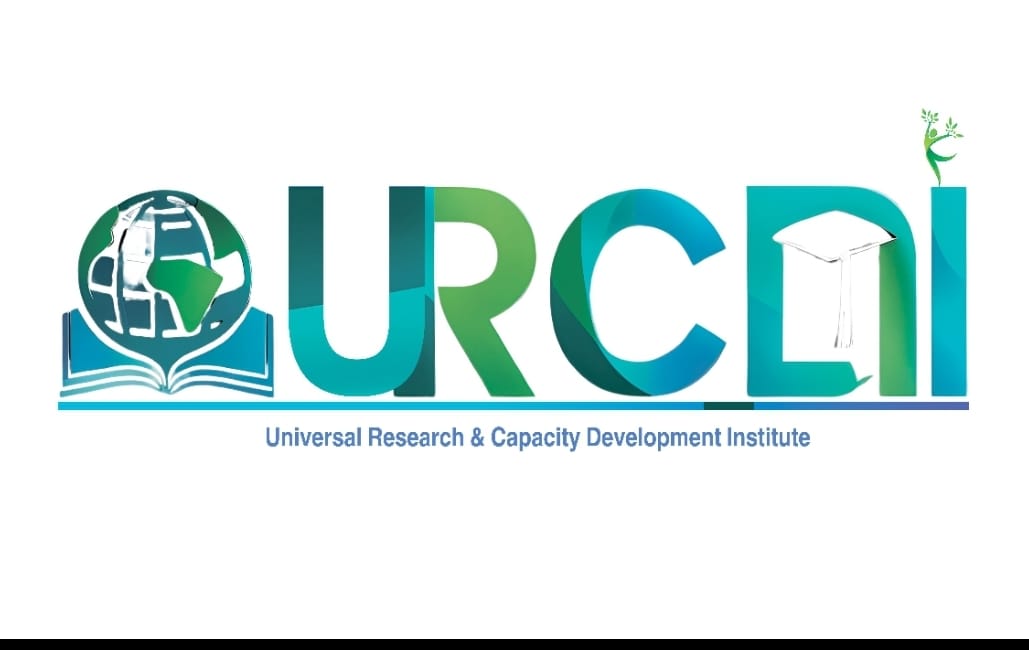
The Role of Leadership in Fostering a Culture of Learning and Development

Leadership plays a pivotal role in shaping the culture of an organization. One of the most critical aspects of organizational culture is the promotion of continuous learning and development. In today's fast-paced and ever-changing business environment, organizations that prioritize learning and development are better equipped to innovate, adapt, and thrive. This article examines the role of leadership in fostering a culture of learning and development within organizations and highlights its importance for driving organizational growth, innovation, and success.
The Role of Leadership
Setting the Vision: Leaders set the vision for their organization, and a key part of this vision should be the commitment to continuous learning and development By prioritizing learning, leaders demonstrate its importance and encourage employees to embrace it
Modelling Behaviour: Leaders must model the behaviour they expect from their employees. By engaging in continuous learning themselves and demonstrating a growth mindset, leaders inspire their teams to do the same
Creating a Supportive Environment: A culture of learning and development requires a supportive environment where employees feel safe to take risks, experiment, and learn from failures. Leaders play a crucial role in creating such an environment by promoting psychological safety and encouraging experimentation
Providing Resources: Leaders are responsible for allocating resources, including time, budget, and personnel, to support learning and development initiatives By investing in learning, leaders demonstrate their commitment to employee growth and development
Encouraging Feedback and Reflection: Feedback and reflection are essential components of the learning process. Leaders should encourage open and honest feedback and create opportunities for employees to reflect on their experiences and learn from them
Importance of Leadership in Learning and Development
Drives Organizational Growth: A culture of learning and development drives organizational growth by enhancing employee skills, knowledge, and abilities. This, in turn, leads to improved performance, innovation, and competitiveness
Fosters Innovation: Continuous learning and development encourage creativity and innovation. By fostering a culture of learning, leaders can unlock the creative potential of their employees and drive innovation
Enhances Employee Engagement: When employees feel that their organization is invested in their growth and development, they are more likely to be engaged and motivated. The investment in learning and development demonstrates that the organization values its employees and is committed to their success
Supports Adaptability: In a rapidly changing business environment, adaptability is key to survival. A culture of learning and development enables organizations to adapt quickly to changes and stay ahead of the competition
Builds a Strong Organizational Culture: A culture of learning and development contributes to a strong and positive organizational culture. It fosters a sense of community, collaboration, and shared purpose among employees
Best Practices for Leaders
Communicate the Importance of Learning: Leaders should clearly communicate the importance of learning and development to their teams and the organization as a whole
Lead by Example: Leaders should model the behaviour they expect from their employees, demonstrating a commitment to continuous learning and development
Provide Opportunities for Growth: Leaders should provide opportunities for employees to grow and develop, including training, mentorship, and stretch assignments
Recognize and Reward Learning: Leaders should recognize and reward employees who engage in learning and development activities, demonstrating the value placed on these efforts
5. Create a Safe Learning Environment: Leaders should foster a safe and supportive environment where employees feel comfortable taking risks and learning from failures.
In the end
Leadership plays a critical role in fostering a culture of learning and development within organizations. By prioritizing learning, modelling behaviour, creating a supportive environment, providing resources, and encouraging feedback and reflection, leaders can drive organizational growth, innovation, and success. Organizations that invest in learning and development are better positioned to adapt to change, innovate, and thrive in today's competitive business environment. Effective leadership is key to unlocking the full potential of employees and achieving organizational goals.








